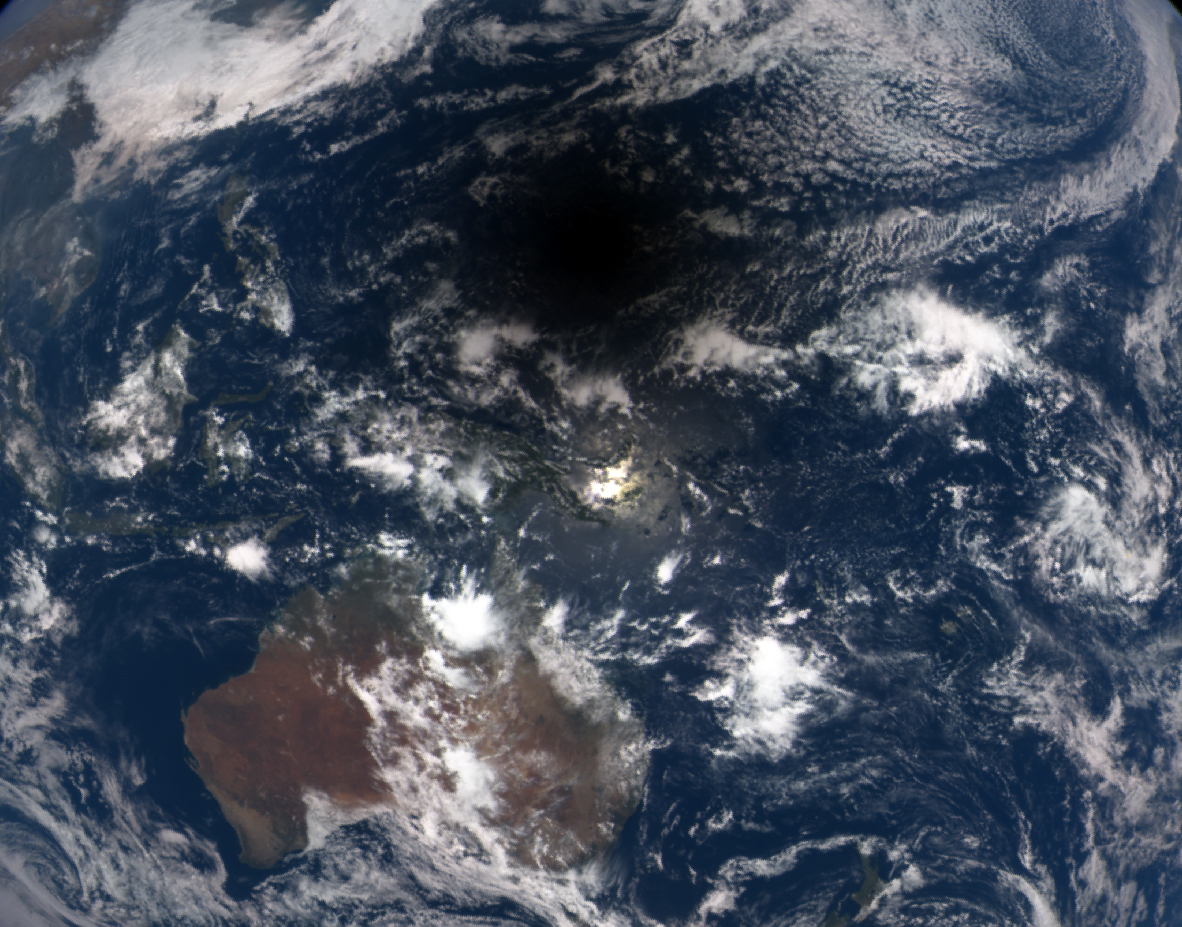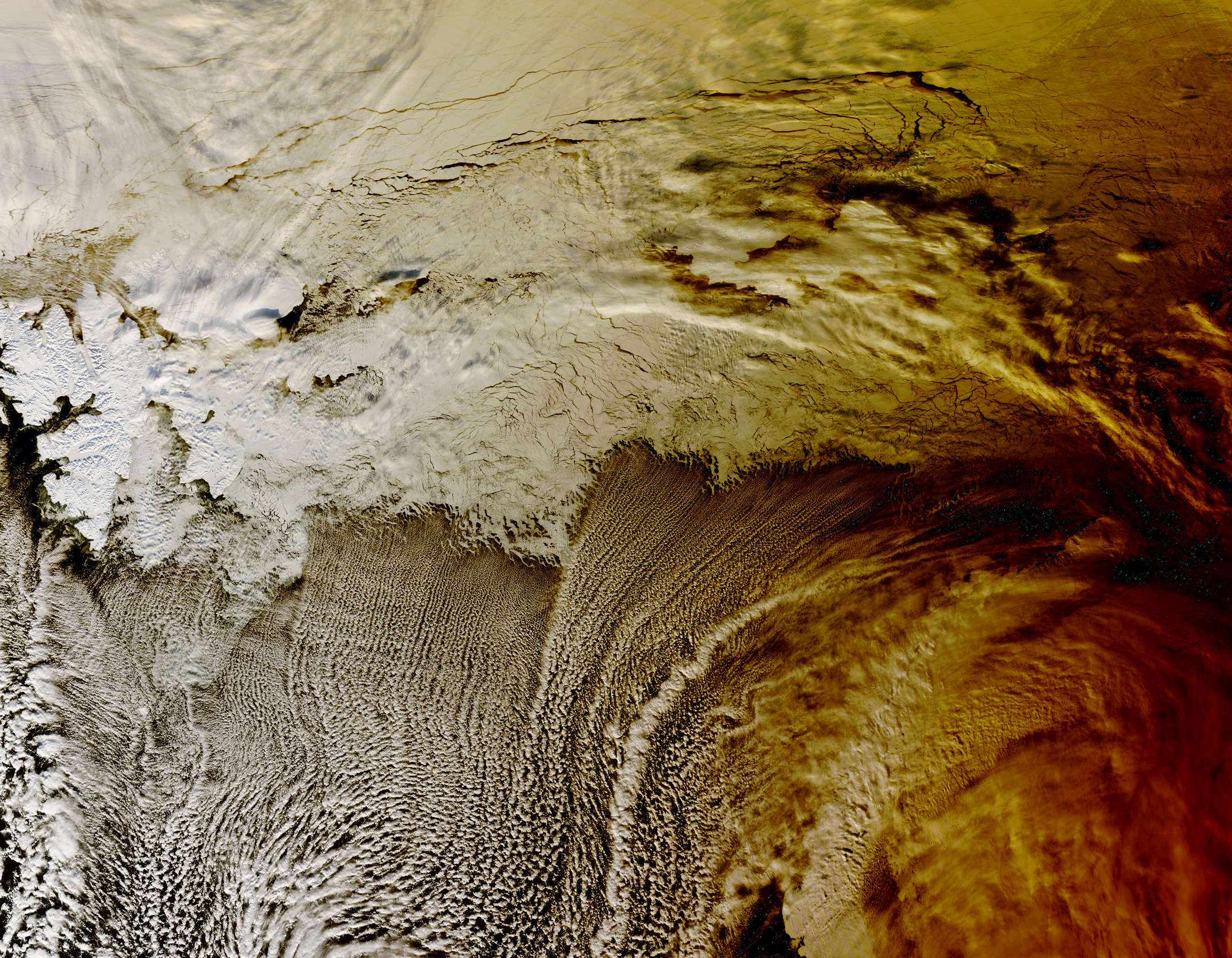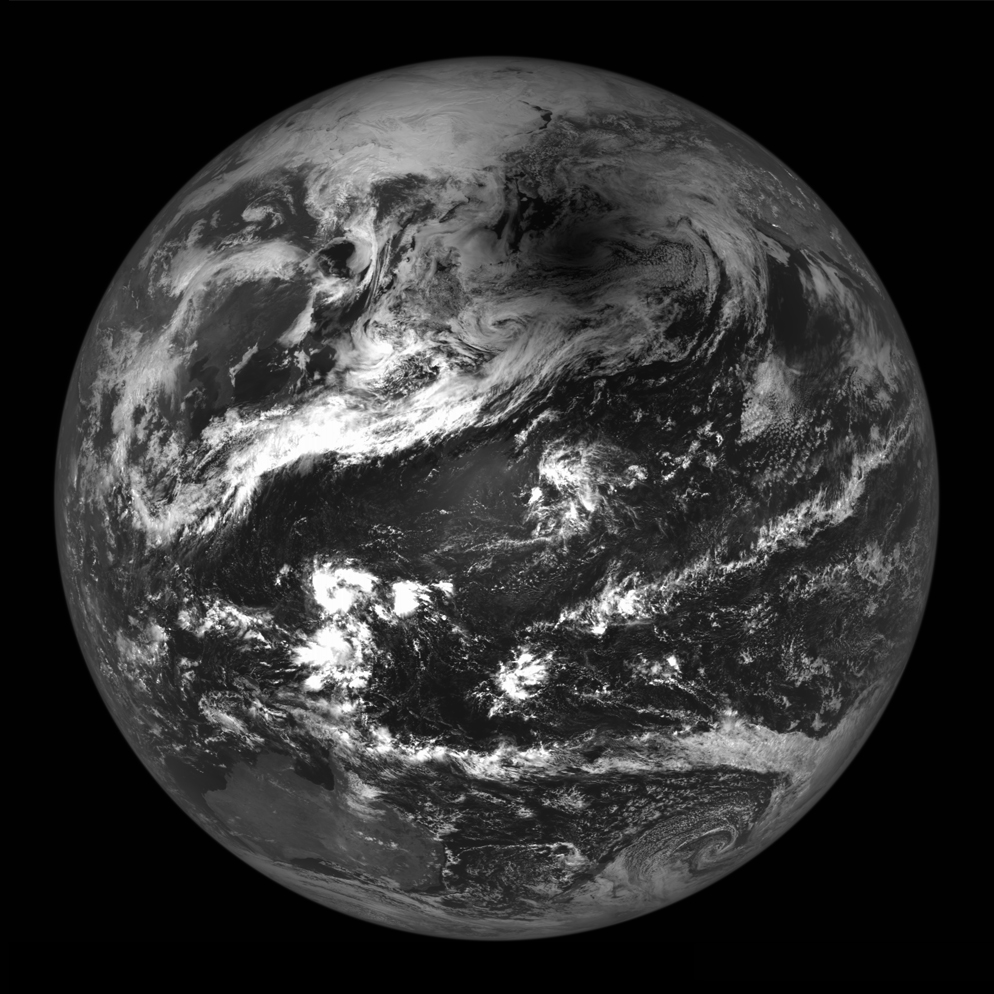Here's what tomorrow's total eclipse would look like if you could watch it from a million miles away in space
Posted on Categories Discover Magazine
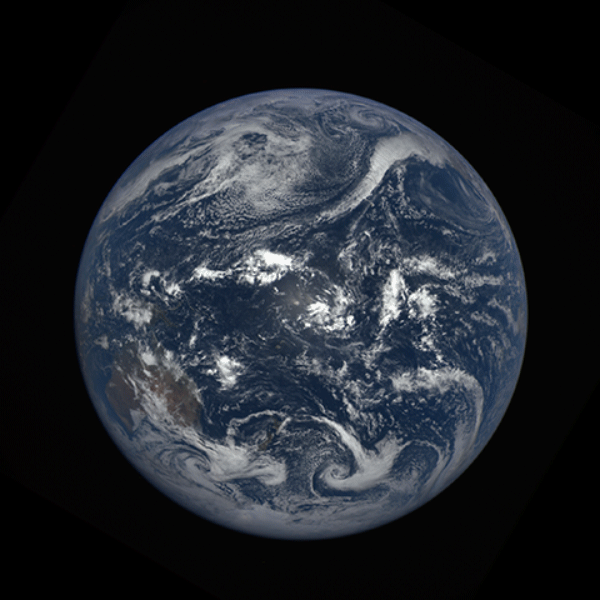
Millions of people across the United States will cast their gaze upward to watch tomorrow’s total solar eclipse as it passes across the breadth of the nation. But what would it look like if you could gaze down on it from a million miles away in space?
For an answer, check out the animation above. It consists of 13 images acquired by the EPIC camera aboard NASA’s DSCOVR spacecraft during a total solar eclipse on March 9, 2016. Watch for the dark shadow that progresses across the Pacific Ocean starting northwest of Australia and moving to the northwest.
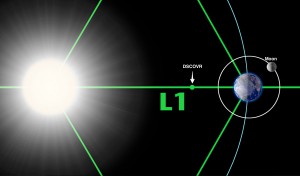
The Lagrange Point 1, where NASA’s DSCOVR spacecraft is parked, is located between the Sun and Earth. This allows it to see the shadow cast by the moon on the surface of the Earth during an eclipse. (Source: NASA)
The EPIC camera followed the shadow cast by the moon on Earth from its location at the Sun-Earth first Lagrange point. The total eclipse is limited to the center black area of the shadow. The outer regions experienced a partial eclipse, allowing a view of surface features like clouds to be seen.
With each frame of the animation, the Earth rotates on its axis at the same time that the Moon’s progress in its orbit causes its shadow to advance across the Pacific.
Here’s a closeup of one of the images from DSCOVR, showing the Moon’s shadow in the Pacific Ocean north of Australia:
Many spacecraft have observed eclipses over the years. What follows is a sampling:
The short video clip above shows the shadow of the total eclipse of March 2016 as seen by the Himawari-8 satellite from 22,236 miles above Earth’s surface.
Closer still is NASA’s Terra satellite, which acquired this stunningly beautiful view of the Moon’s shadow over the clouds in the Arctic Ocean during an eclipse on On March 20, 2015:
Terra’s polar orbit 438 miles above the surface takes it from north to south (on the daylight side of the Earth) every 99 minutes. In this image, the dark red and rust colors to the right show an area of partial eclipse. To the left of the image is the snow-covered archipelago of Svalbard. And in the top half, fractured sea ice is visible.
Zooming back out, what does an eclipse look like from the Moon itself?
NASA’s Lunar Reconnaissance Orbiter captured this view of a May 2012 total eclipse from its perch in orbit around the Moon. Australia is visible at the bottom left of the image, and the shadow cast on Earth’s surface by the Moon is the dark area just to the right of top-center.
